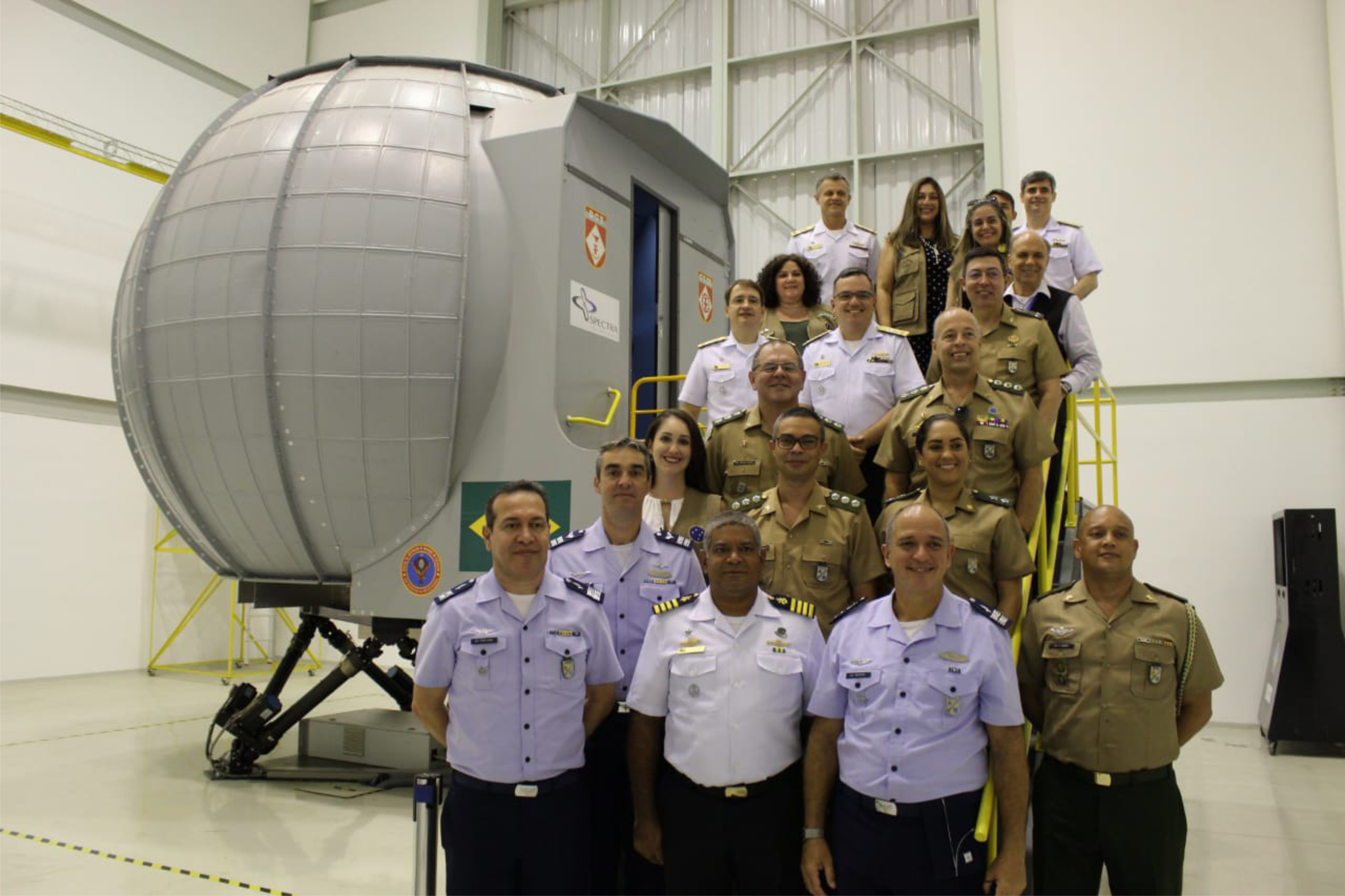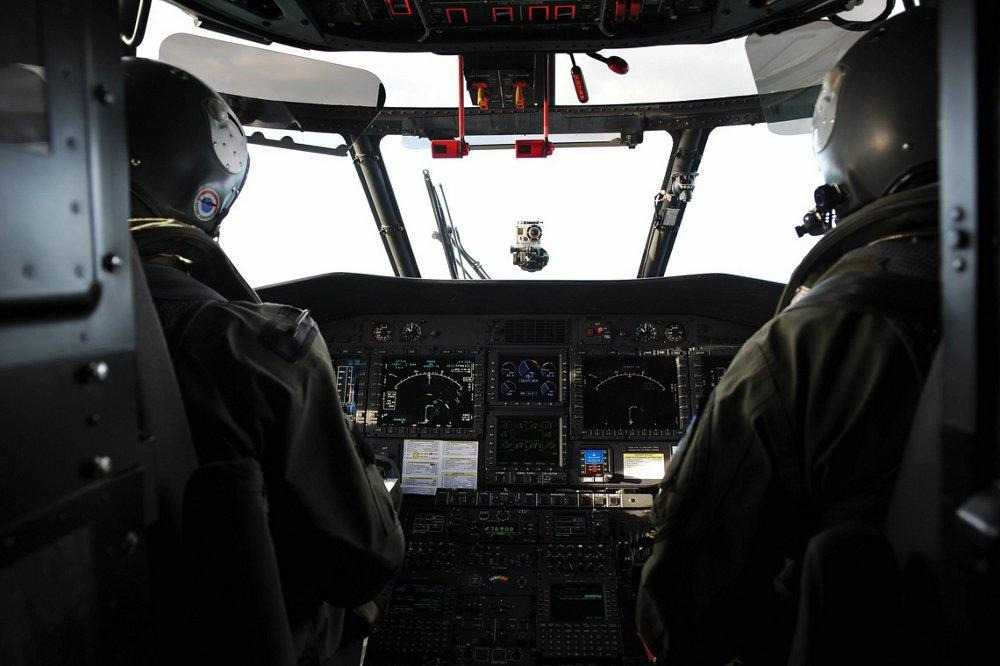Autochthonous Technologies
XXI century
Science and technology have always been present on various occasions when the Army was employed. From the creation and structuring of the Arsenals in the 18th century to the strategic projects of the 21st century, the transformations in the operational environment, as well as the profound and frequent changes in the world technological scenario, required continuous improvement and attention to the reality that is imposed at present time.
In this process, once again, adapting to the demands of this new century, Brazilian Army has been increasing its strategic portfolio, given the growing need to operate in several areas, ranging from homeland defense to the subsidiary actions of the helping hand. For this, in addition to the training and improvement of its human resources, Brazilian Army has been investing massively in the production of autochthonous technologies, that is, in genuinely national research and development, contributing to freedom of action, to the independence of diplomatic positioning and, consequently, national sovereignty.
Within this scope, it can be said that the development of autochthonous technologies is, on one hand, a constant challenge, and on the other hand, the object of various achievements in different areas of operation of the Army Force, including Military Engineering. In other words, Brazilian Army in this new archetype will promote a significant advance in the areas of science, technology and innovation, which will take the national defense standard to a new level, while strengthening and developing the country, particularly its Defense and Security Industrial Base.
In this perspective, examples of successful national enterprises are:
Flight Simulator - First Full Flight Simulator developed in the southern hemisphere. It is a simulator of Esquilo/Fennec helicopters generating important efficiency gain and increased safety for army aviation in the training of its pilots since it allows training for risk situations in an environment very close to the reality of the aircraft cockpit. It is also worth mentioning the light gun shooting simulator, fire support simulator, ASTROS system simulator, Missile MSS 1.2 and Guarani vehicle simulators, developed according to requirements established by Brazilian Army, which deepen the quality of instructions and contribute to the improvement of the learning, combining a high degree of realism, safety and resource savings.
Software Defined Radio (SDR) - This strategic defense project will provide the country with the domain of essential technologies to Brazilian sovereignty in the field of tactical and strategic communications. Research and developments in SDR are essential in the context of cybersecurity and the interoperability of military communications. The knowledge gathered in SDR puts the country in a group of nations that masters the SDR technological paradigm with a vast list of dual applications.
Finally, the investment in nationally developed technologies enables Brazilian Army to meet the new demands, as well as the country to get to a new position in the international scenario.



